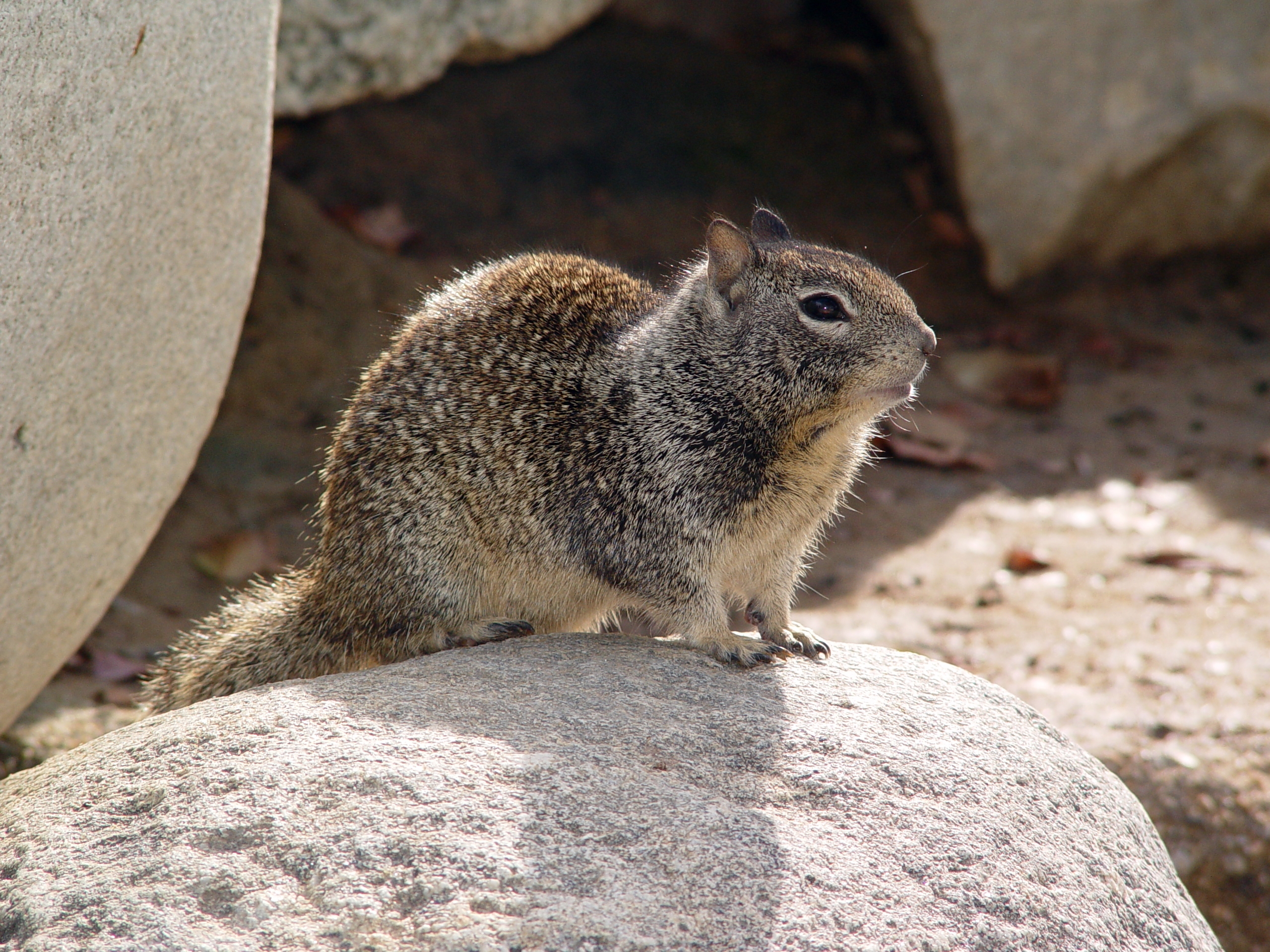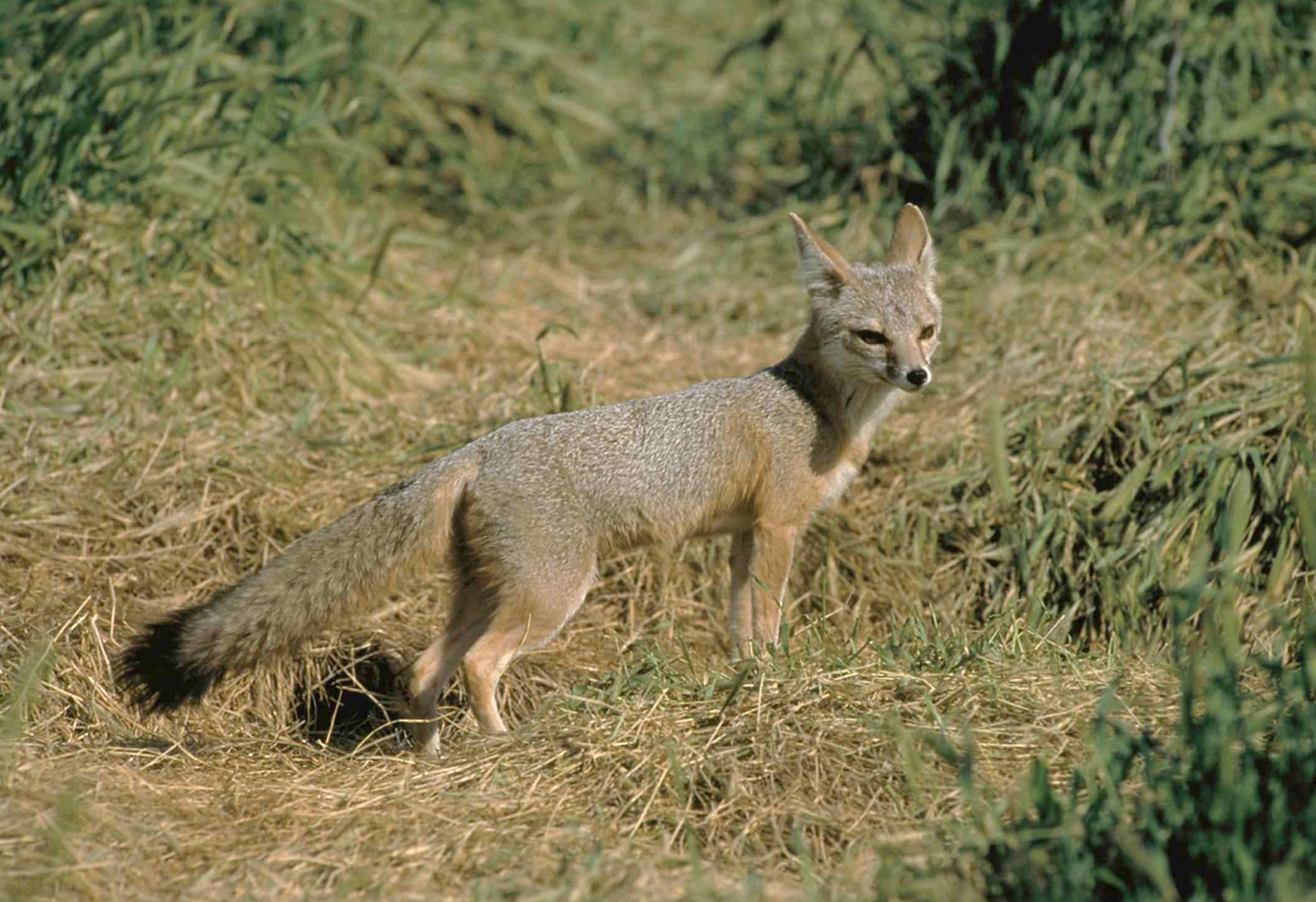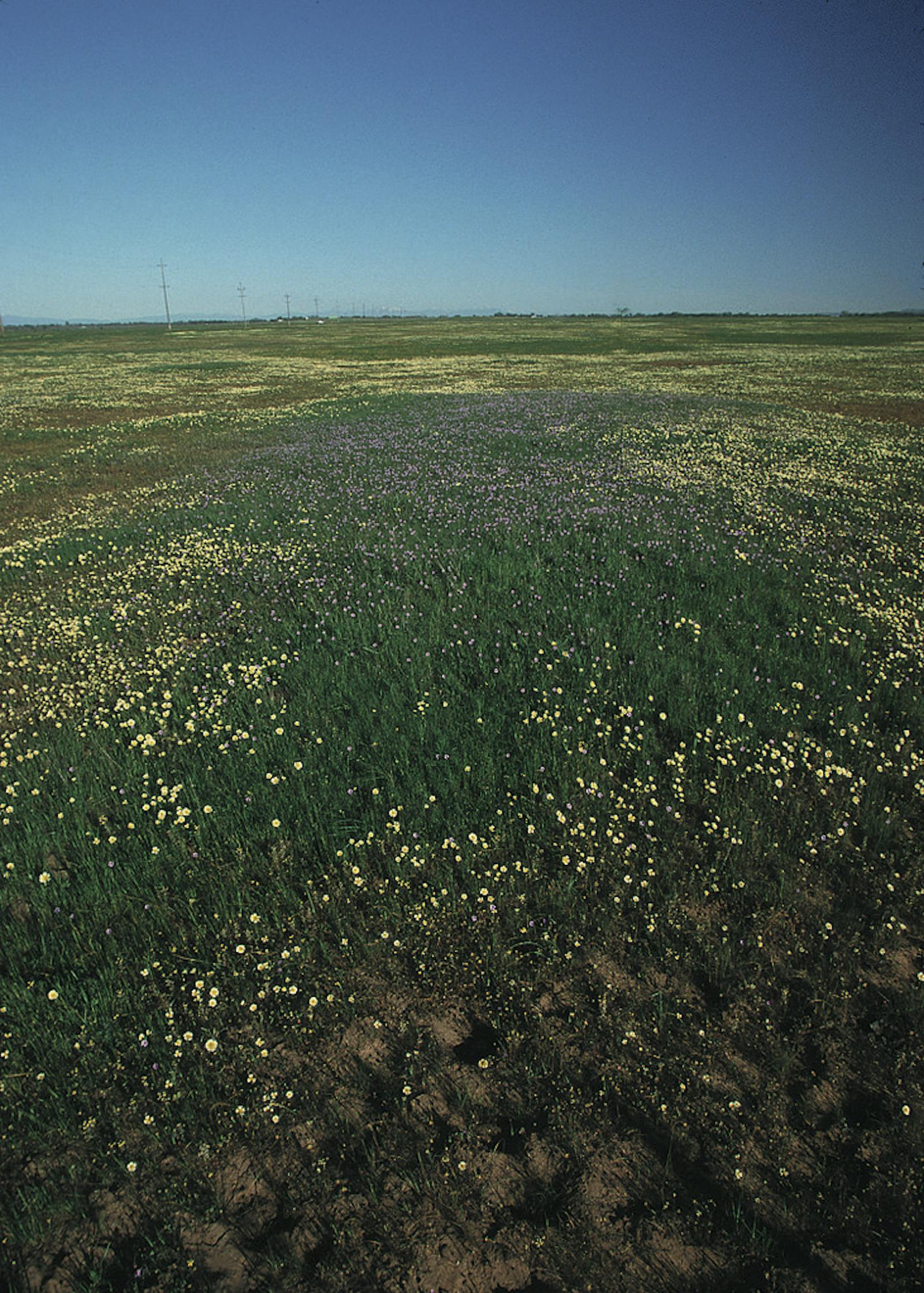California Central Valley Grasslands
The ecoregion’s land area is provided in units of 1,000 hectares. The conservation target is the Global Safety Net (GSN1) area for the given ecoregion. The protection level indicates the percentage of the GSN goal that is currently protected on a scale of 0-10. N/A means data is not available at this time.
Bioregion: Greater California (NA31)
Realm: Northern America
Ecoregion Size (1000 ha):
4,657
Ecoregion ID:
385
Conservation Target:
7%
Protection Level:
8
States: United States: CA
The California Central Valley ecoregion stretches from Red Bluff, California, southeastward 720 km to the vicinity of Wheeler Ridge. Before almost complete conversion to agriculture and urban land uses, the Central Valley was one of the biologically richest and most glorious grassland regions in North America. Its fertile perennial grasslands were converted to one of the most productive agricultural regions of the world, heavily irrigated through an extensive system of canals and reservoirs.
With less than 1% of U.S. farmland, the Central Valley produces 25% of the country’s food and 40% of its fruits, nuts, and other table food.i Less than 1% of the native grassland remains. Only 4% of this ecoregion is protected, and with only 3% of habitat outside protected areas in relatively natural condition, opportunities to increase protection in the short term are limited but should be pursued in earnest.
.jpg)
The flagship species of the California Central Valley Grasslands ecoregion is the yellow-billed magpie
The Central Valley consists of the Sacramento Valley in the north, drained by the Sacramento River, and the San Joaquin Valley in the south, drained by the San Joaquin River. The two rivers meet to form the Sacramento-San Joaquin River Delta, which drains into San Francisco Bay. The San Joaquin Valley includes the San Joaquin Basin in the north and the Tulare Basin in the south. The California Central Valley ecoregion is surrounded entirely by the California Interior Chaparral and Woodlands ecoregion. To the northeast lies the Cascades Range, to the east lies the Sierra Nevada Range, to the west lie the Klamath Mountains and the Northern and Southern Coast Ranges, and to the south lie the Transverse Ranges.
The Central Valley has a hot Mediterranean climate, with temperatures increasing and precipitation declining from north to south. Annual precipitation ranges from 250 mm to 750 mm. Summers are hot and dry, but winters are mild to cool and relatively wet, with 90% of the rainfall between October and April.
In Sacramento, the average July high temperature is 34.1ºC, the average July low temperature 16.1ºC, and average July precipitation 0.51 mm. The January average high is 12.4ºC, average low 0.4ºC, and average precipitation 92 mm. To the south, in the San Joaquin Valley, Fresno has an average July temperature of 36.9ºC, an average July low of 19.8ºC, and average July precipitation 0.25 mm. The January average high is 12.7ºC, average low 3.5ºC, and average precipitation 56 mm.

Ground squirrel
The native grasslands of the Central Valley were altered so long ago, and the remnants are so few, that the species composition and dominance prior to EuroAmerican settlement are unclear. Purple needlegrass has often been considered the major bunchgrass, but some ecologists believe this species was not an original dominant but was more opportunistic in the face of disturbance. An important original bunchgrass that was likely a dominant but is very restricted today is alkali sacaton.
Biologically rich communities dominated by this species have been described at Great Valley Grasslands State Park, an 11.44-km2 protected area in the northern San Joaquin Valley. Other important native grasses include Oregon hairgrass, Idaho fescue, California oatgrass, desert saltgrass, alkali rye (beardless wildrye), blue wildrye, spidergrass, California melic, smallflower melic, Sandberg bluegrass, and prairie Junegrass.
Non-native grasses, which are now often dominant, include great brome, soft brome, common wild oat, slender wild oat, seaside barley, and annual ryegrass. Interspersed among the grasses and still occurring in some places were abundant forbs (broad-leaved wildflowers) such as California poppy, lupines, and purple owl clover. Vegetation change in California grasslands has probably been more drastic and rapid than in any other North American grassland.ii Besides grasslands, the Central Valley had abundant freshwater marshes, vernal pools, and riparian woodlands.

San Joaquin kit fox. Image credit: Peterson B Moose U.S. Fish and Wildlife Service, Creative Commons
The native mammals of the California Valley were impressive, including pronghorn antelope, elk, grizzly bear, wolf, coyote, puma, ringtail, and many others. Endemic mammals include the tule elk, San Joaquin kit fox, San Joaquin pocket mouse, Fresno kangaroo rat, and many more species. The yellow-billed magpie is a bird endemic to the Central Valley and adjacent chaparral foothills. There are also numerous endemics among other groups of animals and plants, most still tenuously persisting despite tremendous losses of habitat.
Priority conservation actions for the next decade are to: 1) protect all remaining natural and semi-natural habitat outside of existing protected areas; 2) improve management of existing protected areas by emphasizing the most imperiled species and natural communities rather than those of greatest recreational interest (e.g., waterfowl); and 3) wherever feasible, initiate the process of converting agricultural areas and other anthropogenic habitats back to restored grasslands and other native communities.
Citations
1. Ricketts, T.H. et al. 1999. Terrestrial Ecoregions of North America: A Conservation Assessment. Island Press, Washington, D.C.
2. Central Valley (California). https://en.wikipedia.org/wiki/Central_Valley_%28California%29
3. Stromberg, M.R., J.D. Corbin, and C.M. D’Antonio. 2007. California Grasslands: Ecology and Management. University of California Press, Berkeley.



